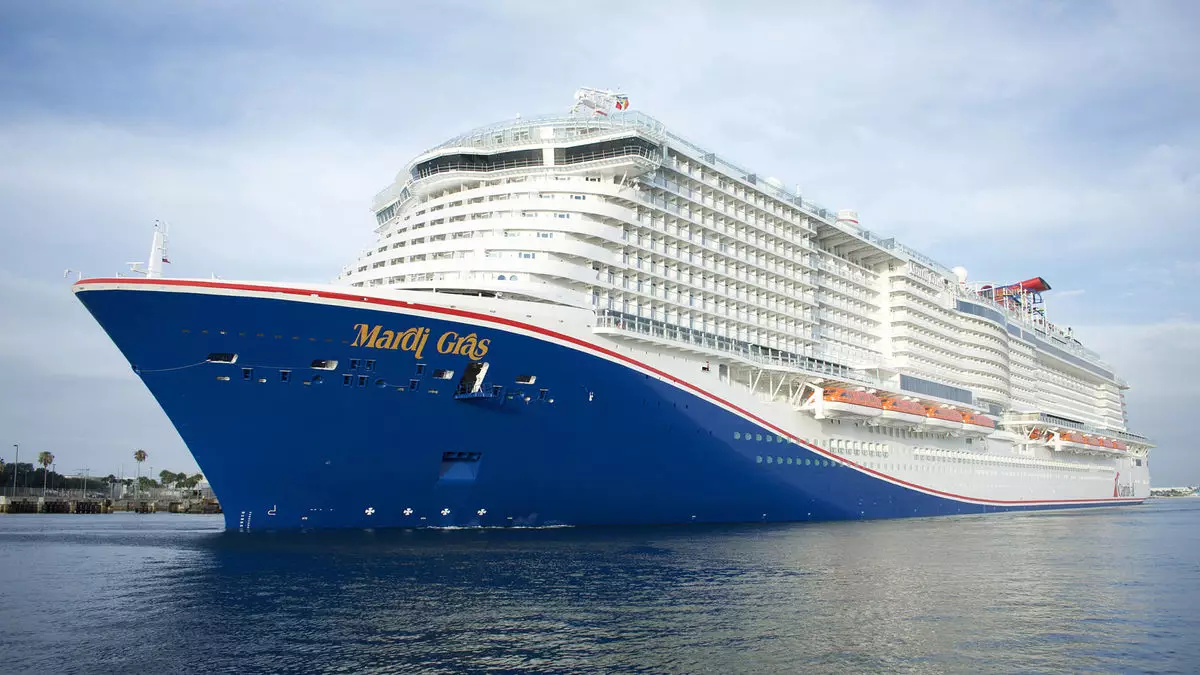In a remarkable showcase of resilience and strategic marketing, Carnival Corp. has revealed that nearly 50% of its inventory for the year 2025 has already been sold off. The news was announced during the company’s recent Q3 earnings call, where CEO Josh Weinstein emphasized that bookings for 2026 are beginning with unprecedented momentum. This assertive confidence suggests that Carnival Corp. is not merely recovering from the setbacks of the pandemic but is thriving in a competitive cruise industry landscape.
Weinstein noted that every brand under the Carnival banner, including Carnival Cruise Line, Princess, Holland America Line, and Seabourn, is experiencing favorable pricing trends for 2025. With a substantial two-thirds of bookings already secured for the next year, the company finds itself in a remarkably advantageous position moving forward. This strategic long-term booking trend speaks volumes about consumer confidence in the cruising market.
The Q3 financial results were nothing short of extraordinary for Carnival Corp., with customer deposits reaching a record high of nearly $7 billion. This surge is a significant indicator of the strong consumer interest in cruising, culminating in revenues of $7.9 billion—an increase of $1 billion from the same period last year. The financial recovery is not just about numbers; it reflects a resurgence in consumer appetite for travel experiences that have been on hold for two years.
Weinstein remarked that Carnival Corp.’s third quarter was phenomenal, breaking multiple records across various performance metrics. The financial turnaround is even more striking when considering that the company has managed to double its revenue since 2021 and transform a negative EBITDA into an impressive $6 billion of positive earnings this fiscal year alone.
Another noteworthy aspect of this period is the increased engagement in pre-cruise purchases and onboard spending. As families and individuals seek enriching experiences post-pandemic, Carnival has tapped into this potential, witnessing an upsurge in the purchase of onboard extras—an area where they excel. CFO David Bernstein pointed to the strong ticket prices and elevated onboard spending as pivotal factors that contributed to the company surpassing its forecasted profits by $170 million.
Furthermore, the number of first-time cruisers rose by an impressive 17% compared to the same quarter last year. This increase isn’t accidental; it reflects Carnival’s dedicated marketing strategies aimed at attracting new cruisers and reviving interest in cruising as a viable holiday option. Weinstein highlighted that this surge in new customers was fueled by targeted marketing efforts designed to resonate with a post-pandemic audience eager to explore the world once more.
Carnival Corp.’s robust performance in Q3 sets a precedent for optimism and growth for the cruise industry as a whole. With solid leadership and a strategic focus on customer engagement, the company appears well-positioned to maintain its upward trajectory. As the cruise line extends its reach into 2026 bookings, there’s reason to believe the wave of enthusiasm for cruising will continue, providing a buoyant outlook for both the company and its patrons in the years to come. This performance not only highlights the potential for recovery in the travel sector but also signifies a renewed faith in leisure cruising, positioning Carnival Corp. as a frontrunner in a revitalized industry.


Leave a Reply